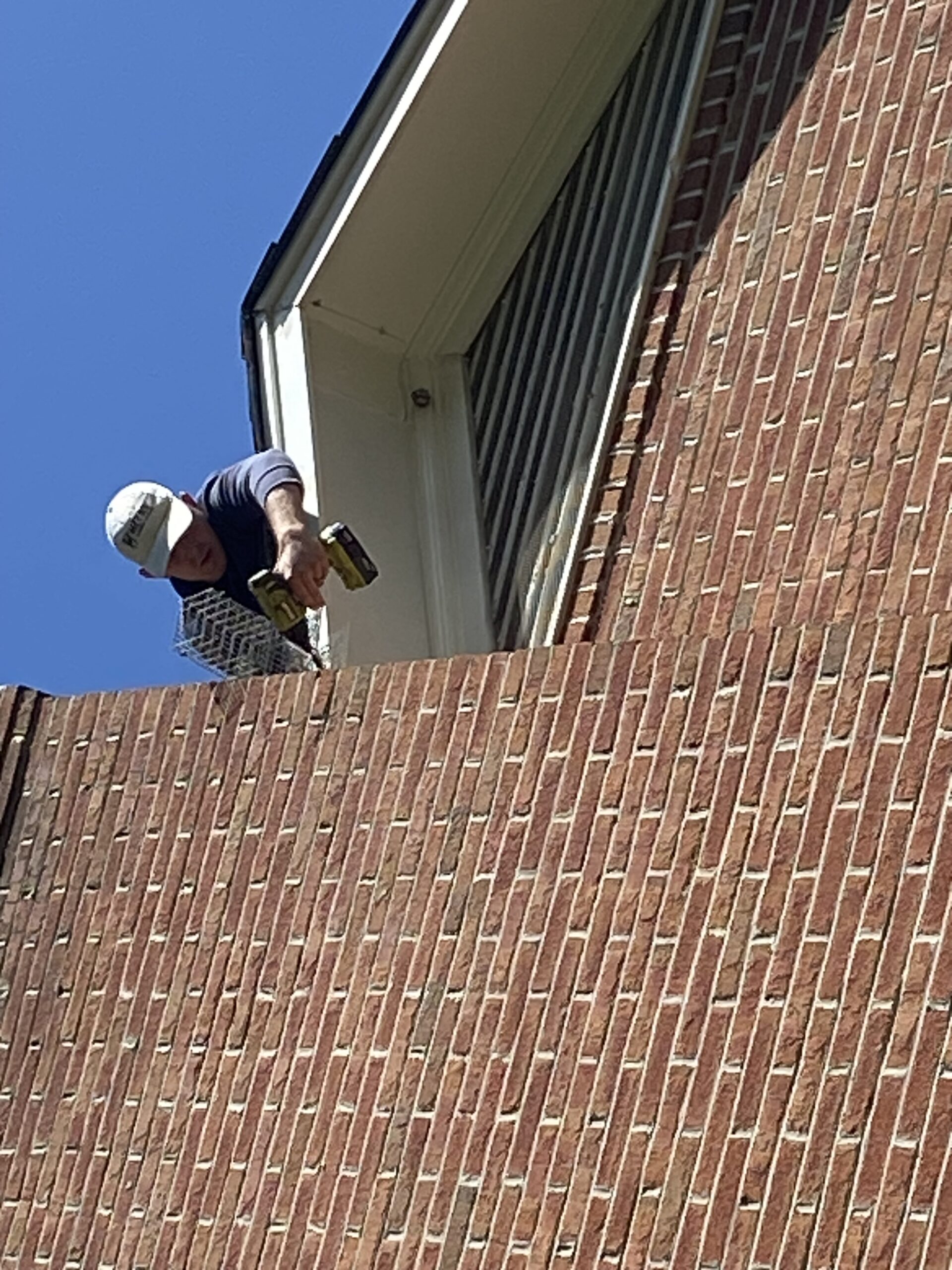How do you remove a squirrel?
Squirrels, while being charming creatures to observe in parks and forests, can sometimes become a nuisance when they invade our homes and gardens. They can cause considerable damage by gnawing on electrical wires, wooden structures, and compromising the structural integrity of your home. If you’re grappling with a squirrel problem, it’s essential to learn about their behavior and how to safely remove them from your premises. This comprehensive guide provided by Metro Wildlife Control will help you understand and manage these furry little invaders.

Understanding Squirrel Behavior and Removal Necessity
Squirrels are primarily herbivorous, feeding on a wide variety of fruits, nuts, and seeds. However, when their natural food sources are scarce, they may resort to scavenging in residential areas. They are also notorious for their excellent climbing skills and can easily access rooftops and attics, turning these spaces into their homes.

Squirrels aren’t just a nuisance; they can pose a serious threat to your property. Their gnawing habits can lead to structural damage, and they can chew through electrical wiring posing a fire hazard. Moreover, they carry fleas and ticks, which can lead to secondary infestations in your home. Therefore, immediate squirrel removal becomes necessary.
You might feel tempted to handle the situation on your own, but it’s always safer and more effective to hire professionals. They have the necessary training and equipment to remove squirrels humanely and ensure they do not return.
Practical Steps to Safely Remove Squirrels from Your Premises
First, identify the signs of a squirrel infestation. These include noises in the attic, chewed wires or wood, and droppings. Once confirmed, contact a professional wildlife removal service. They can assess the situation and devise an effective removal plan.

Professionals typically use humane squirrel traps to catch and remove the animals safely. They will also seal entry points to prevent future invasions. It’s critical to avoid DIY removal methods as they can be dangerous to both you and the animal.
Lastly, it’s important to clean the affected areas thoroughly. Squirrel droppings and urine can carry diseases, so professional cleaning is recommended. They have the tools and knowledge necessary for safe and thorough cleanup, preventing health risks.
In conclusion, dealing with a squirrel infestation can be challenging. However, with a proper understanding of their behavior and a professional approach to their removal, it’s a manageable task. At Metro Wildlife Control, we specialize in humane and effective squirrel removal, ensuring your home is safe from future invasions. Here’s to a squirrel-free home!
